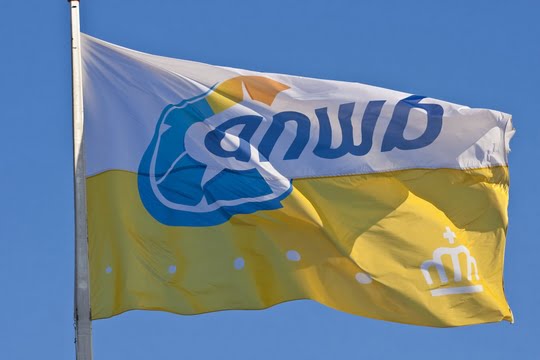Research: no paid parking or paying for nature. A large majority of ANWB members do not think it is too busy in the Veluwe. This is evident from research by the ANWB. ANWB members are not happy about paid parking or paid access to this area.
The reason for the study is plans by nature managers, municipalities and provinces to take measures against the congestion in certain nature and recreational areas, such as closing nature areas and reducing the number of (bicycle) paths. There are also plans to pass on the costs of maintenance of roads and paths to the visitor.
In the survey, ANWB members make suggestions for improving the experience, such as more parking spaces, better distribution, widening cycle paths and the use of bicycles on the edges of the area. What ANWB members need is real-time information prior to a visit about the expected crowds. The visitor can then decide for himself to go to another place or on another day or time. The discussion about crowds in the Veluwe received a lot of attention last year because organizations that manage nature reserves want to close off areas.
The most striking conclusion is that the majority of the respondents experience a sense of tranquility when visiting the Veluwe (88%). If crowds are experienced, it seems linked to the corona crisis. For example, one in five participants in the Veluwe state that they visited the Veluwe more often during this period, especially residents. This seems to be weakening after the corona situation: about twelve percent indicate that they continue to visit the Veluwe more often.
Parking areas on the edges of the Veluwe as an improvement are positively received by the majority of our members (55%). There is more resistance to other solutions such as paid parking (55% is negative), paying for access (71% is negative) and reducing the number of walking and cycling routes (76% is negative). Members want free access to nature and want it to be and remain accessible to everyone. Reducing the number of routes would ensure that crowds are concentrated on (cycling) paths, which is certainly not desirable with the various forms of slow transport such as (electric) bicycles, mountain biking, racing bicycles and scooters.
The Posbank and the Kootwijkerzand were the most visited in the past year. The Ginkelse Heide is also popular, but especially among residents of this area. People go here to walk, visit nature and cycle. Partly due to these relaxing activities, the experiences with regard to recreation here are very positive: the various locations are given an average rating of 8.3. For example, the Posbank is ''un-Dutch beautiful'' and the area offers plenty of opportunities for walking and cycling.
2053 ANWB members took part in the study, of which 376 residents from the area and 1677 visitors. The target group was reached through the ANWB Members' Panel. The survey is representative of age and gender within the ANWB member base. The ANWB regularly conducts surveys among its members to gauge opinion on topics in the field of recreation and nature.
Photo above: Ronald Wilfred Jansen / Shutterstock.com.
Photo below: ANWB image bank.
Also read: Amsterdam checks whether light-moped riders are riding on a roadway


